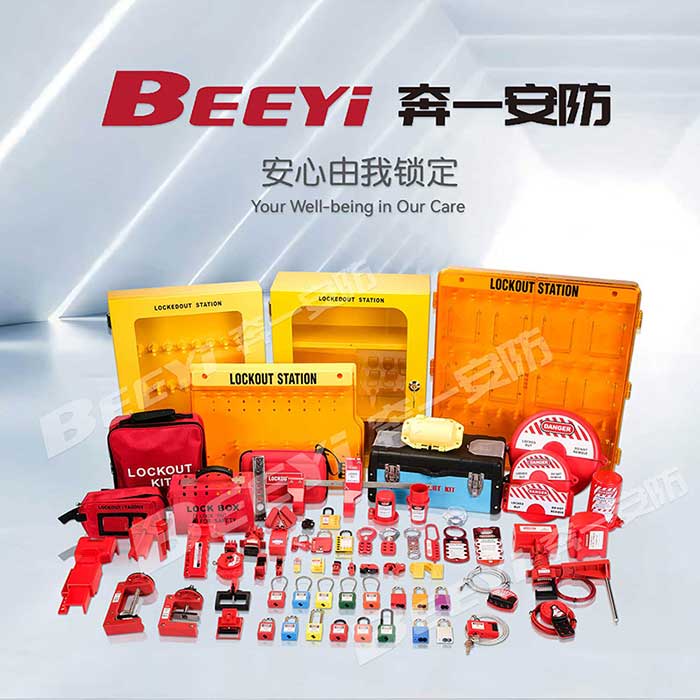In any industrial or manufacturing setting, the safety of workers is paramount. One of the most critical safety procedures that ensure worker protection during maintenance and repair operations is the Lockout/Tagout (LOTO) safety protocol. LOTO is a set of practices designed to prevent accidental release of hazardous energy while workers are servicing machines or equipment. By effectively isolating energy sources and controlling their release, LOTO minimizes the risk of serious injuries or fatalities caused by unexpected machine startups, electrical surges, or hydraulic failures. This article delves into the significance of LOTO safety, its key components, and how businesses can implement a robust LOTO program.

The Purpose of LOTO Safety The primary goal of LOTO safety is to protect workers from potential harm caused by the unintended release of stored or active energy. In industrial environments, machines and equipment may contain various energy sources, such as electricity, steam, compressed air, hydraulic pressure, or even gravity. While performing maintenance, workers can inadvertently trigger these energy sources, leading to sudden equipment movement, electrical shocks, fires, or even explosions. LOTO safety helps mitigate these risks by ensuring that equipment is properly shut down, isolated, and locked out before maintenance begins. By implementing a strict LOTO procedure, employers create a controlled environment where workers can perform repairs without the constant fear of unexpected dangers from active machinery.